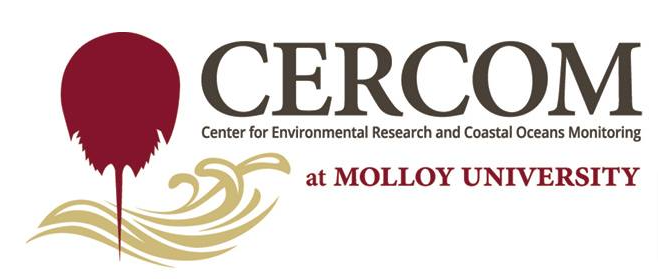Document Type
Peer-Reviewed Article: On-Campus Access Only
Publication Date
8-2007
Journal Title or Book Title
Enviornmental Toxicology and Chemistry
Volume
26
Issue
8
Version
Publisher's PDF
Publisher's Statement
The Molloy community has access to this publications via a ProQuest subscription. Non-Molloy users may access the final published version at http://onlinelibrary.wiley.com/doi/10.1897/06-303R1.1/full.
DOI
10.1897/06-303R1.1
Abstract
Sediments are evaluated for toxicity by measuring mortality in a single cohort of amphipods in either acute (10-d) or chronic (28-d) bioassays. This investigation differed from conventional bioassays in four ways: Sublethal effects (fecundity) were estimated; the testing period was 60+ d; two successive generations were examined; and Elasmopus laevis Smith, 1873, amphipods were employed. Four test sediments were created between 58 and 424 µg/g of lead using the 30-µg/g whole-sediment as the control. Bioaccumulated lead at 60 d varied as a linear function of lead concentration in the sediments. Fecundity, as estimated by offspring-per-chamber and/or percent reproductive success, was reduced as sediment lead concentrations increased and reproduction was delayed compared with the control. The reduction in offspring production per test chamber varied significantly as an inverse function of lead sediment concentration, best described by a curvilinear exponential equation. It was concluded that E. laevis exposed to 118 µg/g and higher could not maintain a population as large as that in the control. Although the current sediment quality guideline for lead stipulates that adverse biological effects likely will occur above 218 µg/g, this study revealed a statistically significant negative reproductive response at 118 µg/g lead, and suggests that the current regulatory guideline for lead, based on lethality, should be reconsidered
Related Pillar(s)
Study
Recommended Citation
Ringenary, Mark J.; Molof, Alan H.; Tanacredi, John T. Ph.D.; Schriebmann, Martin P.; and Kostarelos, Konstantinos, "Long-term Sediment Bioassay of Lead Toxicity in Two Generations of the Marine Amphipod Elasmopus laevis, S.I. Smith, 1873" (2007). Faculty Works: CERCOM (1977-2016). 3.
https://digitalcommons.molloy.edu/cercom_fac/3




